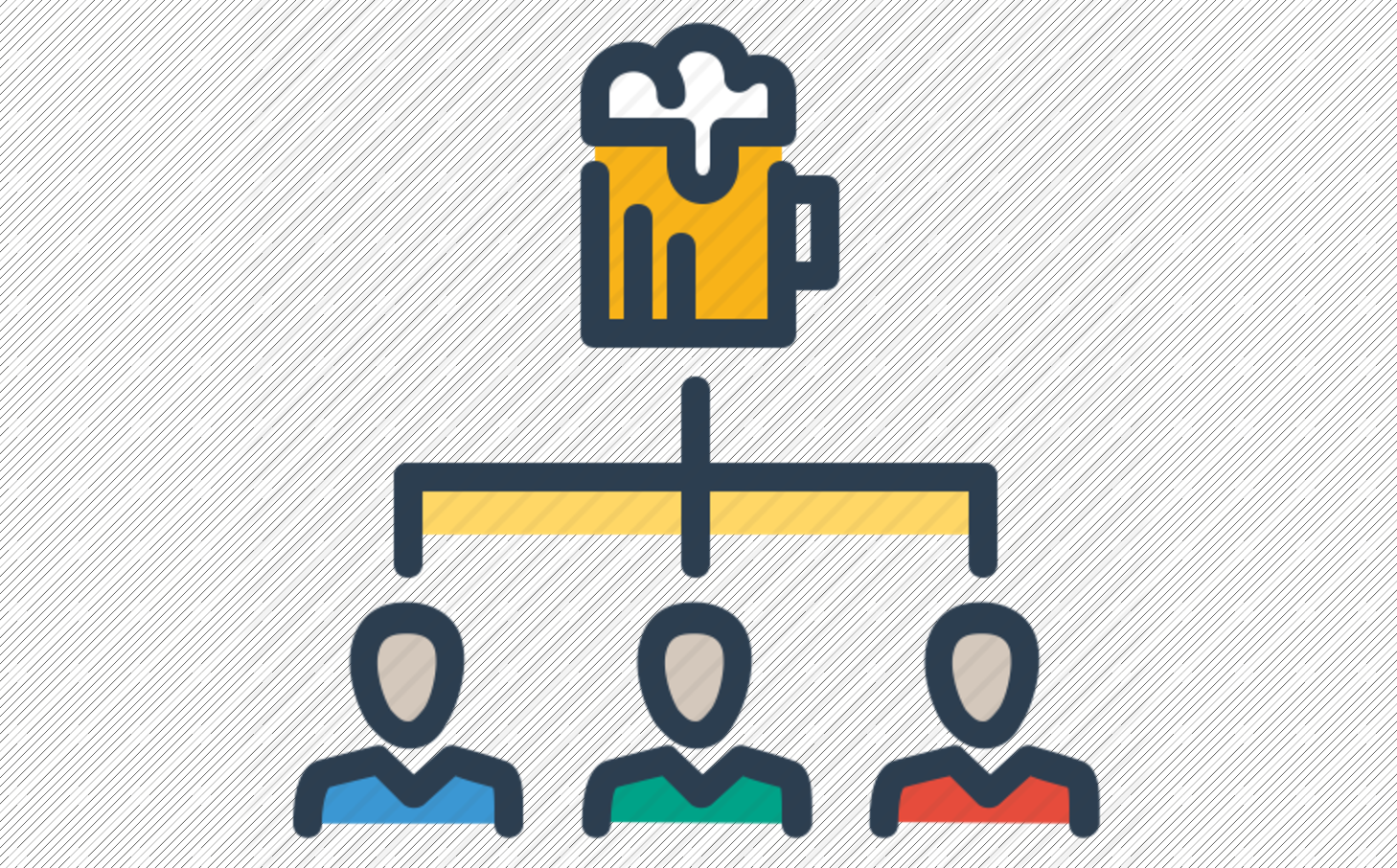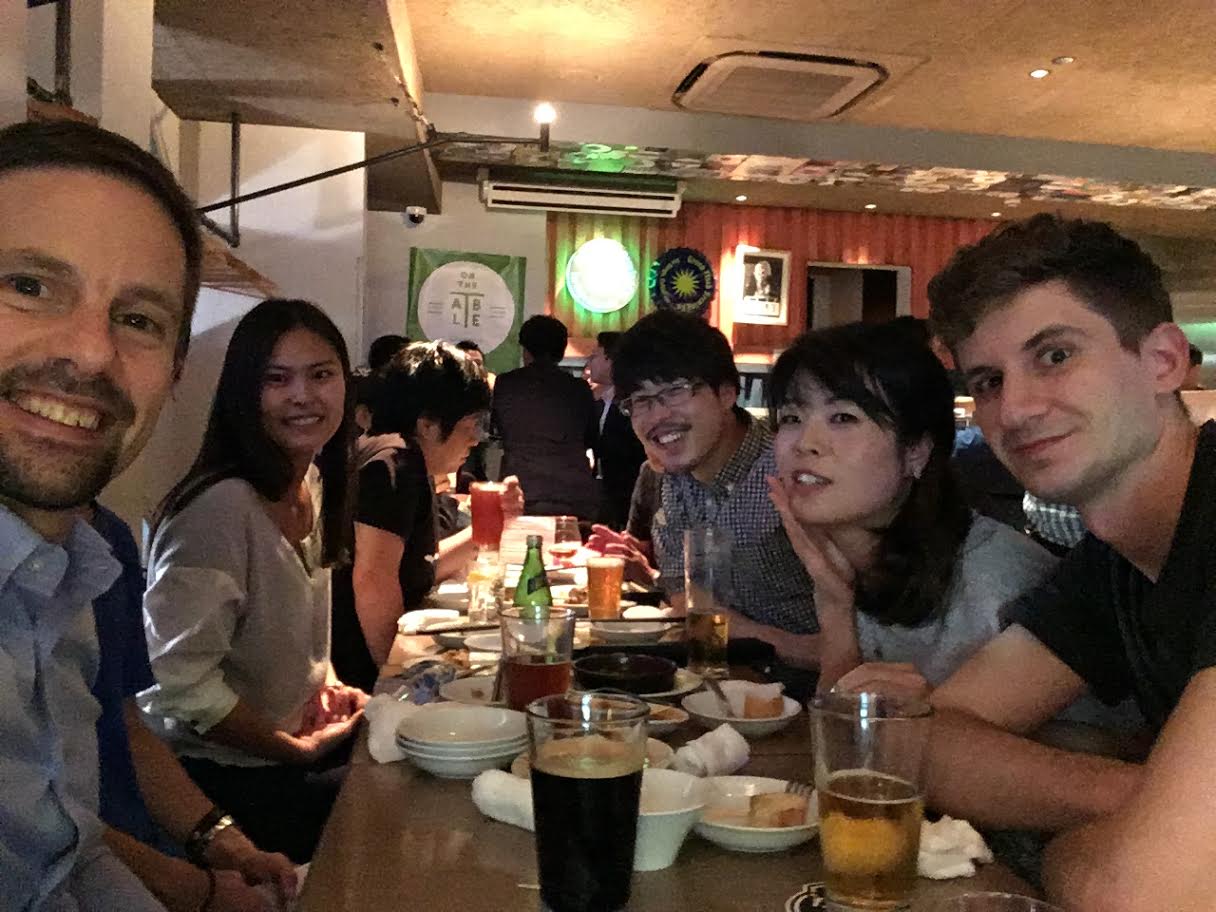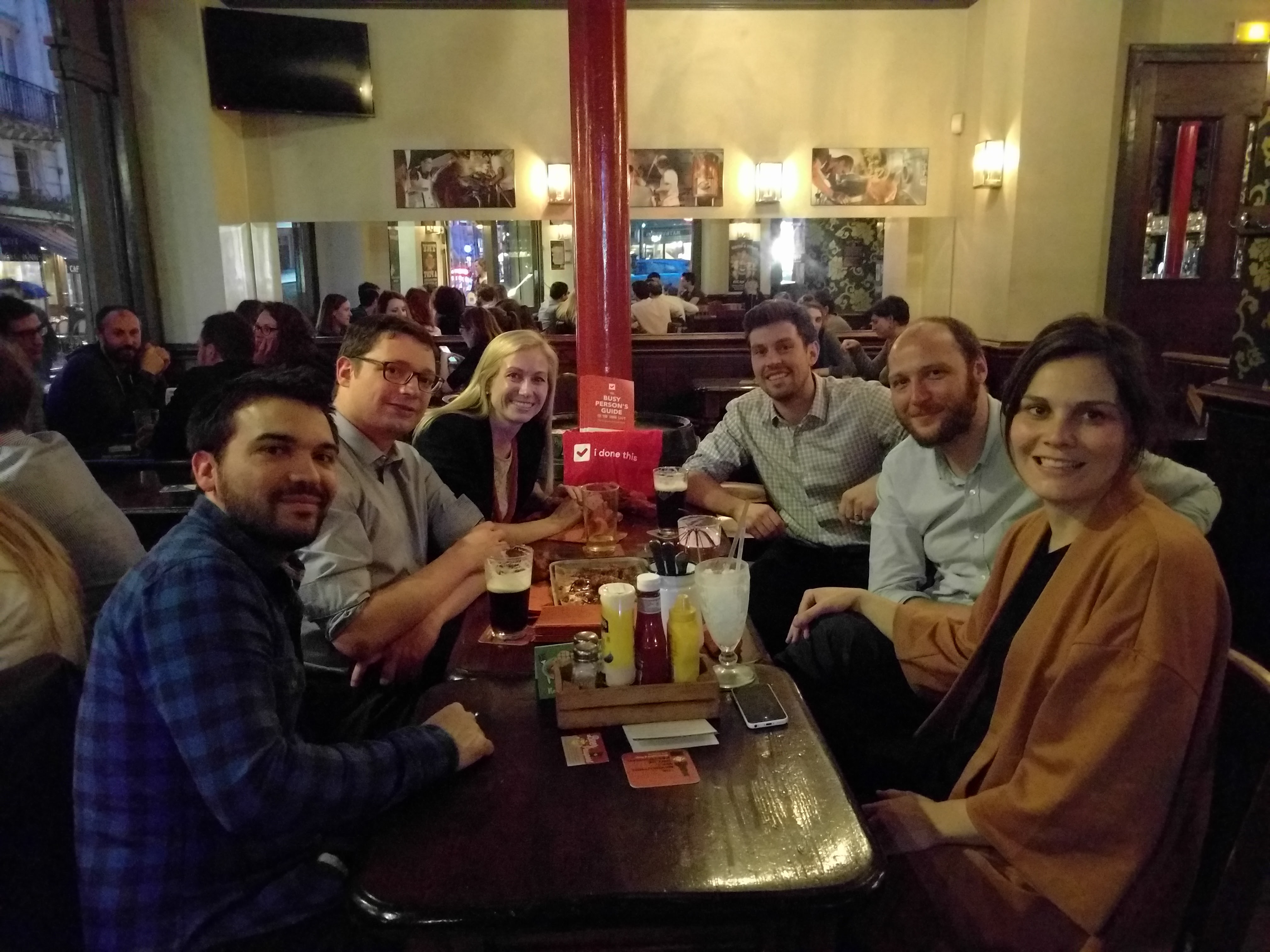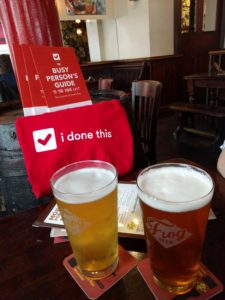When we first started I Done This, getting to know our customers was easy. We also didn’t have a ton of customers.
As our subscriber list grew, getting to know our new customers became challenging. But we didn’t want to give up the close relationships we were developing with our customers. Our customers’ insights have been super valuable. And frankly, we genuinely like our customers and love connecting with them in a casual environment.

I Done This users are now based all around the world—so when we travel, we jump at the chance to get to know local users and have started hosting customer meetups. We carefully plan each step of the way, so that we set ourselves up for success. And by success, we mean having great conversations, really connecting, and positioning ourselves to maintain new customer relationships in the future.
Here’s how we plan our meetups to grow our customer relationships.
Step 1: Choose a small venue
Our meetups are successful when we keep them small and casual because that means we have better, more meaningful conversations. The less we make our meetups feel like networking events—where everyone’s jam-packed in an auditorium handing out their cards over a slice of pizza—the better.
Here are the four things we do so our setting allows for great talks:
- Turn our “meetups” into “drinkups.” We don’t want people to feel like they’re being held captive. We want our event to be fun, which means people should be able to come and go as they please. Adding alcohol to the mix makes the environment even more relaxed, as drinking alcohol releases oxytocin—a natural hormone that makes us more trusting and sociable. Finding somewhere with a great beverage menu is a must!
- Choose a place where it’s easy to hear everyone. The last thing we want is for our event to spiral into shouting across the table in an unexpectedly loud bar.
- Pick a venue with round tables. Everyone should be able to sit together and see each other. It also means the conversation isn’t confined to one part of the table.
- Meet on our local users’ turf. Choosing a favorite local venue shows customers you’ve done your research—and if they already like that place’s atmosphere, they’ll be more likely to stop by.

Caption: Our meetup in Tokyo.
Meetups are successful when their environments are conducive to great conversation. Finding the right location is a huge part of facilitating that.
Step 2: Spread the word about customer meetups ASAP
When you’re a small company, you can shoot off emails to customers you’re already in contact with, and there’s a good chance some of them will show up. But that doesn’t guarantee local users you’ve never met will feel compelled to stop by.
Here’s how we reach out to our local users:
- Shoot local users an email ahead of time. Check out each person’s analytics ahead of time, and see how they’re using your product. You can start creating that friendly environment by emailing them: “Thanks for using our product every day! Come meet us and we’ll give you hacks and swag.”
- Create a public Facebook event. To reach out to people you haven’t had personal contact with yet, Facebook should let you target users who live in select cities—meaning you can invite people who specifically like your page and live in your city’s meetup. When they click “Interested,” they keep your event on their radar.
- Schedule posts to go out every few days before the event. Via the familiarity principle, the more people hear about something, the more they believe and remember it. Tools like Hootsuite let you schedule social media posts in advance, and Boomerang lets you do the same for Gmail and Outlook.

Caption: Our meetup in Paris.
Spreading the word about our meetup early and often, across multiple platforms, ensures that we’ll reach a larger segment of our local population of users—whether we’ve met them or not.
Step 3: Get the conversation going
The day of the event is when the stress kicks in. Even once we’ve set up shop, have drinks in hand, and are surrounded by our colleagues and old and new customers, there’s always that brief flutter of panic—how do we get the conversation started?

Caption: Drinks from our Paris meetup.
As we plan for the day-of, we remember that our customers all have something large-scale in common: they use our product. They use our solution, so chances are, most people around our table share some of the same problems—and they’ll be ready to talk about them.
So in the moment, it’s all about breaking the ice. Here’s how to do that, so the rest can flow organically.
- Make people feel welcome. It sounds cheesy, but sustaining eye contact, smiling, and asking people about themselves are great signifiers for people to let down their guard and open up.
- Engage with people about their locale. Be prepared to talk about why you’re in that city, and ask people about their favorite things to do in the city. That engages other people sitting with you to talk about other happenings and culture things in the neighborhood.
- Step up, step back. If you notice you’re talking a lot, give others a chance to pitch in. If you’re more of a listener, participate more. If everyone steps up and steps back, they listen better and balance the discussion.
- Come with prepared questions that any user can speak to. General questions about the problem your product solves is a great way to engage customers you do and don’t know. Michael from Qualaroo—an I Done This customer—attended our drinkup in San Diego and told us:
It was great to meet the I Done This team members and I learned more about the science of small wins behind I Done This. More importantly, I got to meet other I Done This users in San Diego and we traded productivity hacks.

Caption: Our San Diego meetup.
Once the conversation gets started, we get out of our heads a bit and let our meetup unfold naturally. We can sit back, enjoy the conversation, sip our drinks, and take it all in. We hope our customers have as much fun as we do.
Step 4: Follow up afterwards
The “after-meetup” period is essential to maintain the relationships we’ve become invested in. We’ll send a personalized thank you, share the event’s success on social media with a quippy anecdote here and there, so people know what they missed out on and come to the next one.
Most importantly, we’re thankful for our users. They’re invested in our long-term growth and success. Keeping these relationships going is the least we could do to say thank you.
P.S. If you liked this article about customer meetups, you should subscribe to our newsletter. We’ll email you a daily blog post with actionable and unconventional advice on how to work better.
